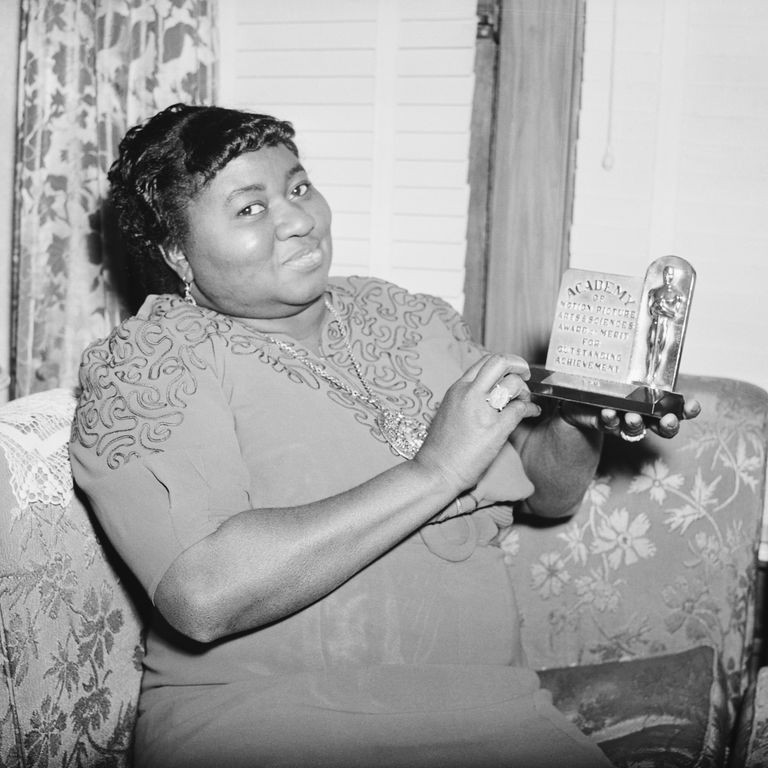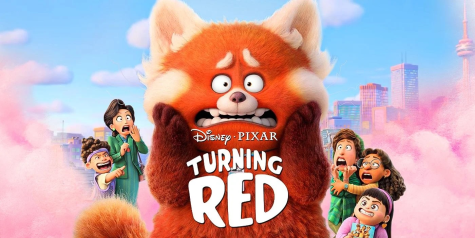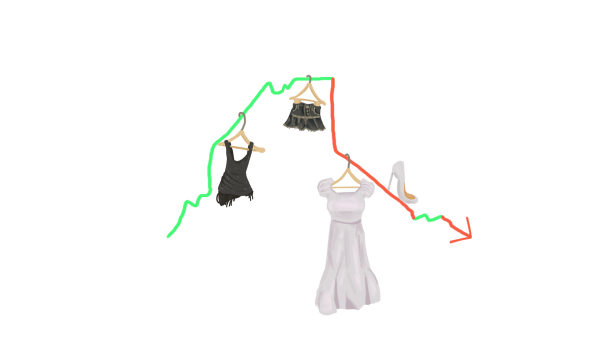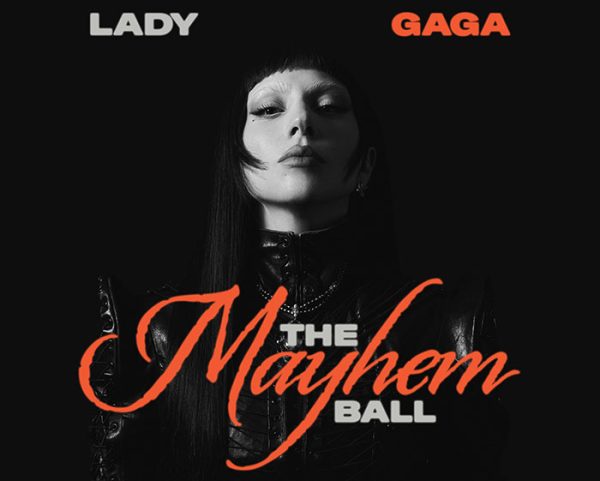The issue of racism at the Hollywood level
During the 33rd Academy Awards Ceremony, Hattie McDaniel made history when she became the first African American to win an Oscar. She won Best Actress for her role as Mammy in the 1939 classic, Gone With The Wind. Although it was a victory, she was criticized by the National Association for Colored People (NAACP) claiming that Mammy was an offensive and stereotypical depiction of a Black woman. In fact, Mammy was named after the trope, also known as “the Mammy.”
The “Mammy” is an overweight, dark-skinned, elderly black woman who holds a domestic position. She is heavily desexualized and she is meant to downplay slavery and is treated as “part of the family.” She is happy as a slave and has no desire but to serve her white family.
Hattie McDaniel’s character incorporates all elements of that trope. Her sole purpose is to serve the white heroine Scarlett O’Hara, nothing is known about her own personal background and she lacks any personality besides her witticism. What makes matters worse, is that Hattie McDaniel faced bigotry during the Oscars. The ceremony was held in Georgia (a strict segregationist state at the time), meaning McDaniel was not allowed to attend the ceremony. After some help from David O’Selznick, a producer forGone With The Wind, she was let in but was sat at the back table by herself, far away from the other cast members of Gone With The Wind. Even after her historical win, she was still typecasted in other maid or slave roles.
In 1951, Amos ’n’ Andy was the first mainstream television show that had an all-black cast as their main characters. This is where the “Sapphire” trope or the “Angry Black Woman” became well-known. Sapphire was Amos’ wife who was a frustrated woman constantly lecturing him. This and numerous other movies would perpetuate the idea that Black women were unfit for domestic roles and often raised broken families. It has also been weaponized against Black women that speak out the injustices and double standards that she has faced. This is an enduring trope in reality shows like The Bachelorette and modern television characters like Cookie Lyon from Empire (a TV show about a family that runs a hip hop entertainment company). Many black women’s careers, such as actresses Butterfly McQueen and Dorothy Dandridge, were often blacklisted as they refused to play caricatures of their races.
Asians have also been subject to racial discrimination in Hollywood. Anna May Wong, a Chinese-American actress during the Golden Age of Hollywood, was often frustrated with the stereotypical roles she had to play. Her famous roles were characters of the “Dragon Lady” trope. The Dragon Lady is an Asian woman who is oriental and promiscuous but also very violent. In addition to the “Dragon Lady” trope was the “Butterfly” trope. The Butterflies are sexually submissive Asian girls who gladly do whatever their white love interest tells them to do. Anna May Wong was not cast to play well-rounded Chinese characters and was snubbed for the role of O-Lan from the movie adaptation of the novel Good Earth. Instead, the studio Metro-Goldwyn-Mayer gave the main roles to white actors in yellowface.
Despite this progress has been made in the film industry. In 1966, Nichelle Nichols played Nyota Uhura, a translator and communicator officer in the sci-fi classic TV series Star Trek. She was one of the first leading Black actresses that did not have a menial role. And in 1967, two weeks after interracial marriage became legal in all parts of the United States, the movie Guess Who’s Coming to Dinner was released. It followed the life of a white couple coming to terms with their daughter dating a Black man, played by Sidney Poitier. It even featured one of the first interracial kisses onscreen. Although controversial and groundbreaking at the time, Poiter’s character has been criticized for being too perfect and giving people of color an impossibly high bar to pass.
In recent years, more actors of color have been making it on the big screen. In 1991, Whoopi Goldberg became the second black actress to win Best Supporting Academy Award, and in 2002, Halle Berry became the first and only African American woman to win an Oscar for Best Actress for her role in Monster’s Ball. But she has been the only one since.
In recent years, people have noticed that the films getting the most attention during award seasons have been “White Savior” movies. White Savior movies have a formulaic structure, where a white lead uses his or her privilege to help a person of color, The most prevalent being Black and indigenous people. Its original purpose was to make white audiences relate to the Civil Rights Movement. While it does not appear harmful, it implies that people of color are unable to get themselves out of their difficult situations. It also provides a false sense of optimism because it blames racism on a few bad apples rather than the system. The main person of color has no dimension and often relies on stereotypes for their overall personality, a detriment to their complexity. Historical drama movies featuring Black actors such as The Help, Green Book and Hidden Figures have also been accused of distorting real events to incorporate White Savior elements in the story.
During the 1990s and early 2000s, a new trope for Asians came about: the Model Minority. The Model Minority is an Asian character who is hard-working, intellectual, STEM (science, technology, engineering, math) oriented but also socially awkward and unathletic. While also appearing harmless, this trope has real-world consequences. Teachers can have unintentional biases and hold their Asian students at a higher level than students over different races. Sports have also been reluctant to draft Asian players because of their internalized biases that Asians are not fit. The Model Minority also assumes that Asians are just one homogenous group, and not account for the different ethnicities and experiences. It also ignores the fact that every Asian has different personalities from each other and different interests. That trope also reinforces the submissive Asian trope.
Overall, these tropes come from white directors, and producers telling the stories of people of color. While producers’ intentions may not be malicious, they reveal a bigger problem in Hollywood and their lack of diversity. When a director of color tells their story, the characters tend to feel grounded and real, and those movies make us think critically about our society. This is why diversity behind the camera is just as important.













